Transplanting Bee Balm
april_wine
13 years ago
Featured Answer
Sort by:Oldest
Comments (16)
quilt_mommy
13 years agoRelated Professionals
Walnut Landscape Architects & Landscape Designers · Concord Landscape Contractors · Edmond Landscape Contractors · Fort Wayne Landscape Contractors · Framingham Landscape Contractors · Galveston Landscape Contractors · Hilo Landscape Contractors · Kahului Landscape Contractors · Kettering Landscape Contractors · Longmont Landscape Contractors · Madera Landscape Contractors · North Chicago Landscape Contractors · Norwalk Landscape Contractors · Shirley Landscape Contractors · Reisterstown Landscape Contractorsken_adrian Adrian MI cold Z5
13 years agoapril_wine
13 years agooakiris
13 years agoken_adrian Adrian MI cold Z5
13 years agohawkeye_wx
13 years agojayco
13 years agonancyd
13 years agoyardenman
13 years agocasi
13 years agoMarie Tulin
13 years agoburwoodbelle
13 years agoMarie Tulin
13 years agobonnyhaber
6 years agospedigrees z4VT
6 years ago
Related Stories

GARDENING GUIDES15 Native Flowers That Feed Native Bees
These perennials offer superfood to hundreds of bees and are gorgeous in their own right
Full Story
GARDENING FOR BUTTERFLIESGardening for the Bees, and Why It’s a Good Thing
When you discover how hard bees work for our food supply, you may never garden without them in mind again
Full Story
GARDENING GUIDESAttract Hummingbirds and Bees With These Beautiful Summer Flowers
Roll out a welcome mat for pollinators to keep your landscape in balance and thriving
Full Story
GARDENING GUIDESPlant Black Cherry Trees for the Birds and Bees
Plant Prunus serotina in the Central and Eastern U.S. for spring flowers, interesting bark and beautiful fall color
Full Story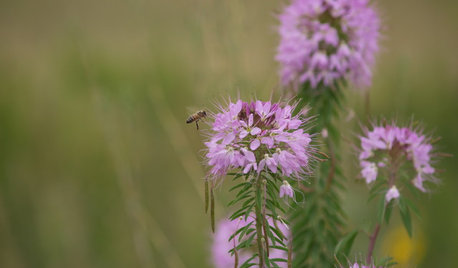
GARDENING GUIDESGreat Design Plant: Cleome Serrulata
Beckon bees and other pollinators in for a drink of nectar from this western U.S. native’s late-summer flowers
Full Story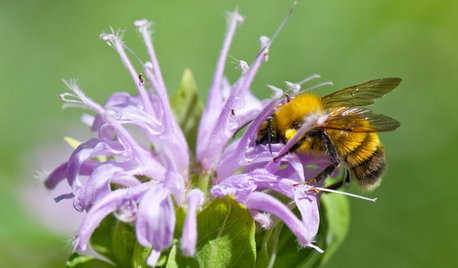
GARDENING GUIDESSupport Bumblebees by Providing Forage in 3 Seasons
Bumblebees are fascinating and fun to observe foraging in gardens. Find out how to create a buffet for these fuzzy, charismatic bees
Full Story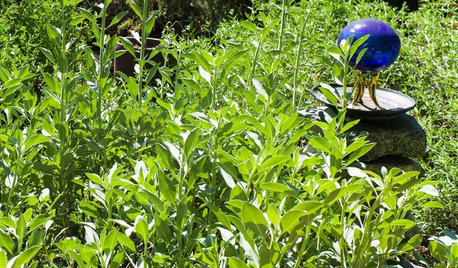
FLOWERS AND PLANTSWhite Sage Shimmers in the Water-Wise Garden
California native Salvia Apiana features silvery-green foliage and seasonal flowers that bees, hummingbirds and butterflies love
Full Story
GARDENING GUIDESGreat Design Plant: Butterfly Milkweed, a Beacon in the Prairie
Vivacious orange flowers for you, nectar for the butterflies and bees. Asclepias tuberosa is worth planting for more reasons than one
Full Story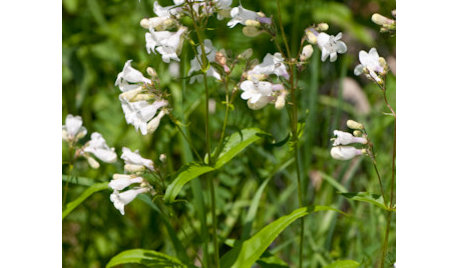
GARDENING GUIDESGreat Design Plant: Try Penstemon Digitalis for Showy White Blooms
Bees gather nectar from this North American native while you’ll appreciate its unthirsty nature and soil tolerance
Full Story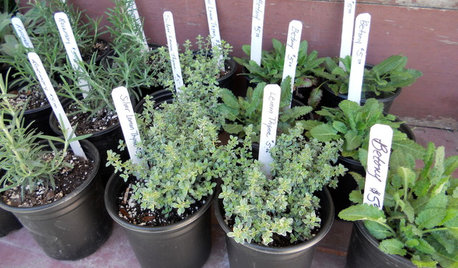
NORTHEAST GARDENINGNortheast Gardener's January Checklist
Feed the bees, support local garden clubs and have fun with natives to get your garden looking its best in 2013
Full Story





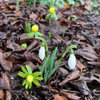
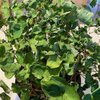

ken_adrian Adrian MI cold Z5